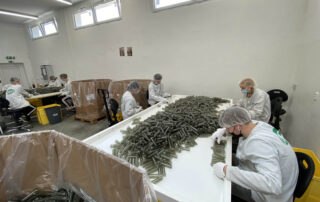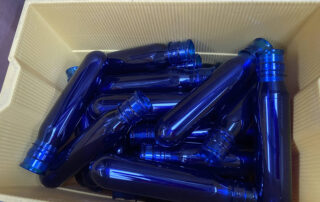Sorting and classification of components that do not meet customer requirements: before production, during production, after production. All according to the necessary specification. This protects against the use of defective parts and products in the next step of production or processing. This process is essential for effective quality and production management.
We are also able to take over the input sorting from the customer’s input supplier and charge directly to the customer’s supplier.
Performance of the service: at the customer’s premises or in-house.




